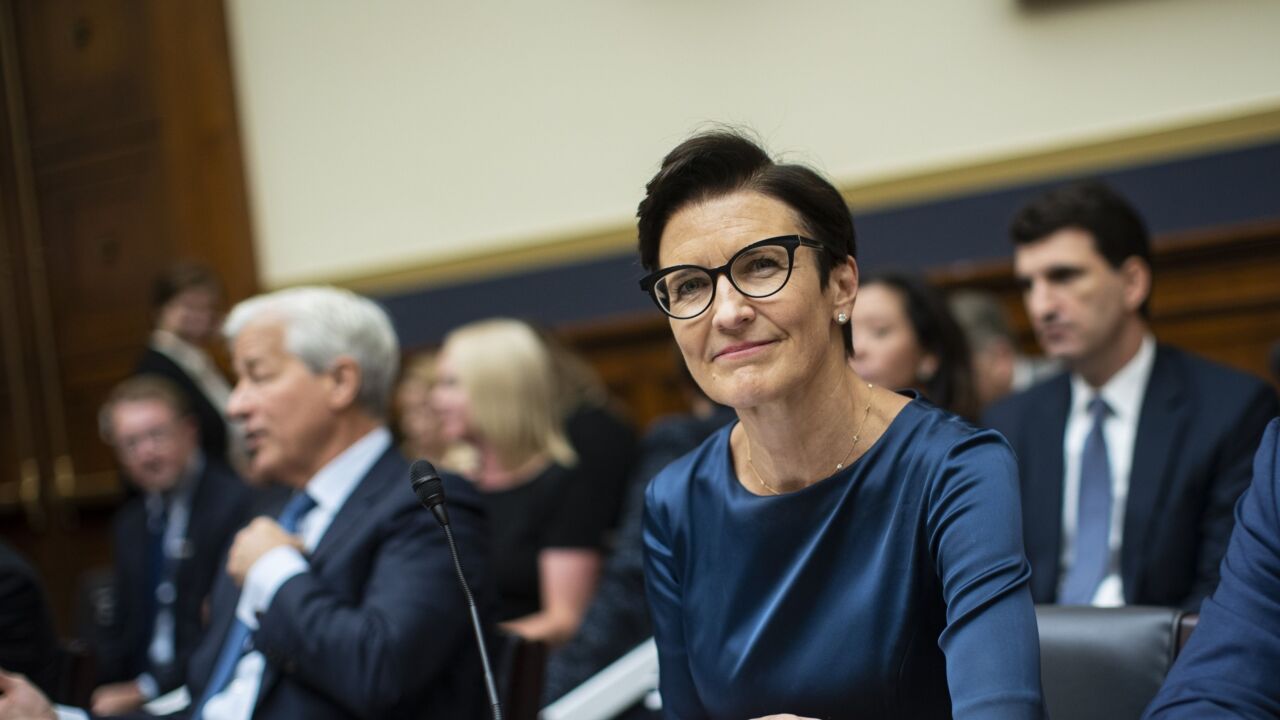-
There may well be too many banks in the United States. Thats a problem for stock investors and CEOs of publicly traded banks to address, not policymakers.
December 11 -
Reduced lending, fewer leaders in times of crisis and less innovation thats what wed have if only the biggest banks were allowed to survive.
December 6 -
Theres a reason most Americans still like their local banks, even if they detest the megabanks after the financial crisis.
December 3
Matthew Yglesias
At issue is the number of providers, bank and nonbank, needed for a strong financial services industry to serve consumer needs. This requires moving beyond traditional institutional definitions. Banking is what consumers do, not where they go to do it. Consumers are indifferent to who provides core services like credit, deposits and payments whether it is the corner store, a branch, an online bank or a nonbank.
Banks,in general, and community banks in particular, suffer from overcapacity. From 1995 to 2007, many community banks tried to cover up an eroding spread-based business model by using government-insured, subsidized deposits to engage in unprofitable, high-return, high-risk real estate loans. They lacked the skills to manage the risks effectively.
Unlike their protected too-big-to-fail cousins, community banks paid dearly for this mistake during the financial crisis. Hundreds of community banks failed or were merged out of existence. Hundreds more remain troubled. Returning to the pre-crisis leveraged real estate model is no longer an option.
Some see this as a sign of a declining industry. Rather, as a community bank investor, I see it as a healthy, albeit painful, reflection of the
This requires focusing on the activities where you can add value and jettisoning the rest. The traditional model of bundling services through a branch delivery network is under attack. The competitive value of one-stop shopping, cross-selling and established relationships is being challenged by competitors employing new strategies. Competitive advantage will be determined product by product, not by the number of products offered. The biggest challenge comes from nonbank competitors and new entrants embracing new technology, not from other banks or regulators.
Community banks, being smaller than megabanks, stand a better chance of adapting to the changing market. They can join with nonbanks to adapt new channels and technology like the banks that are working with
The future is not in the past with
J.V. Rizzi is a banking industry consultant and investor. He is also an instructor at DePaul University Chicago.





